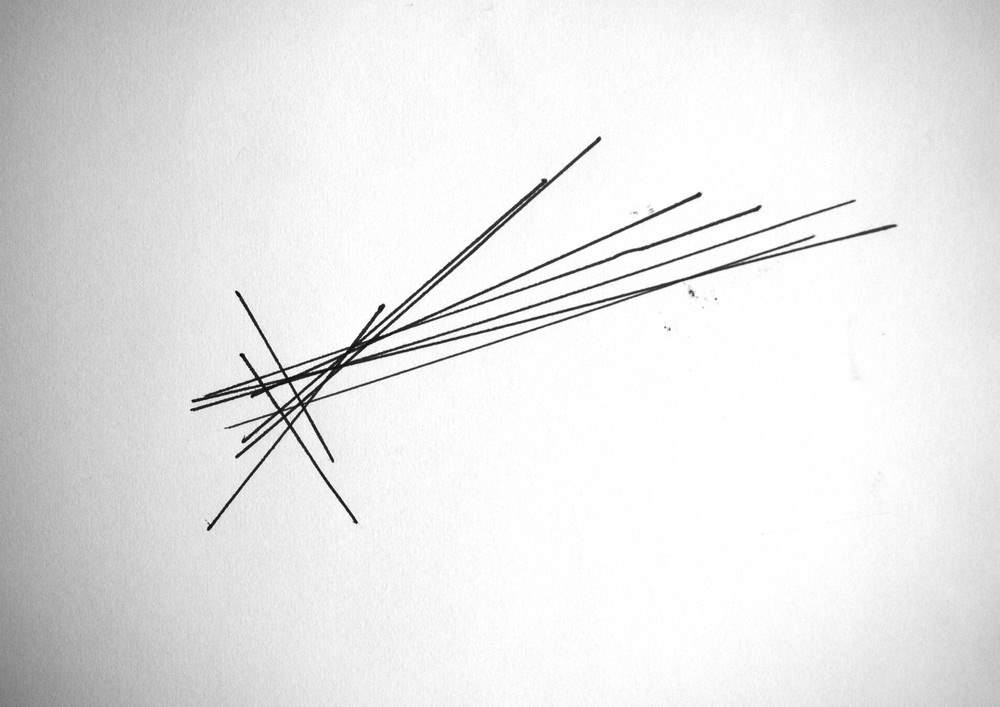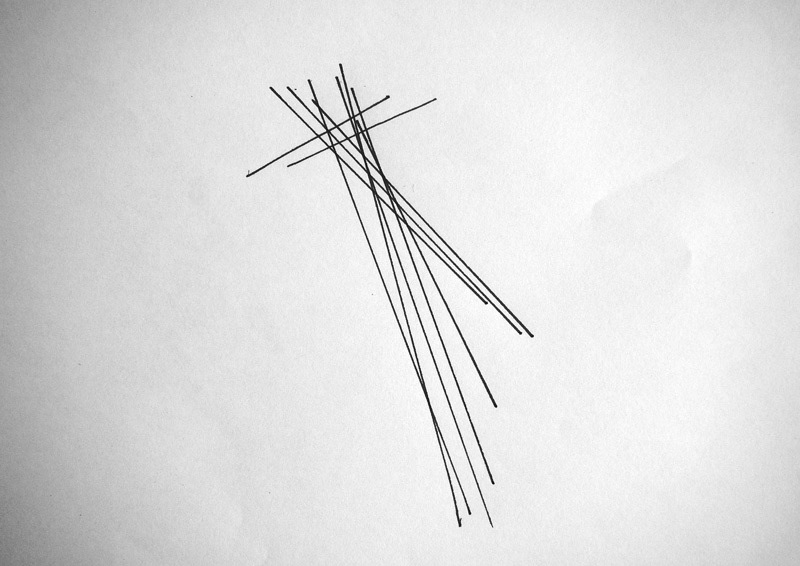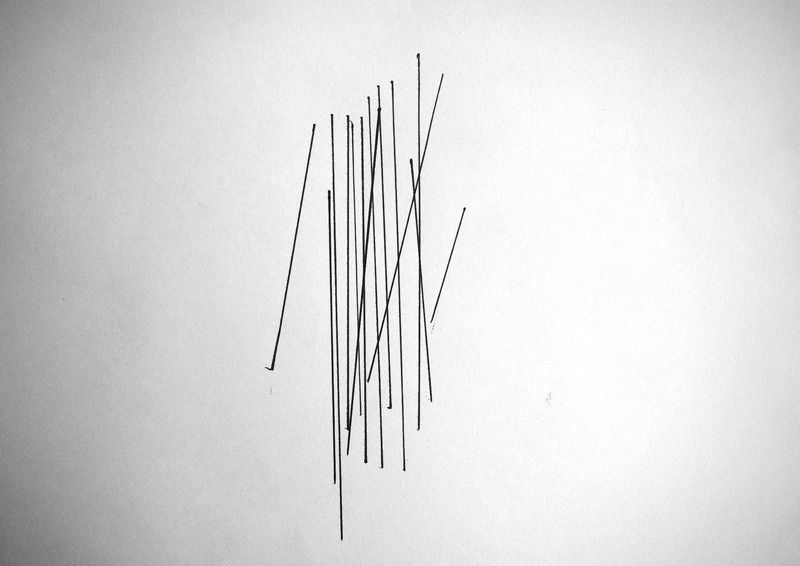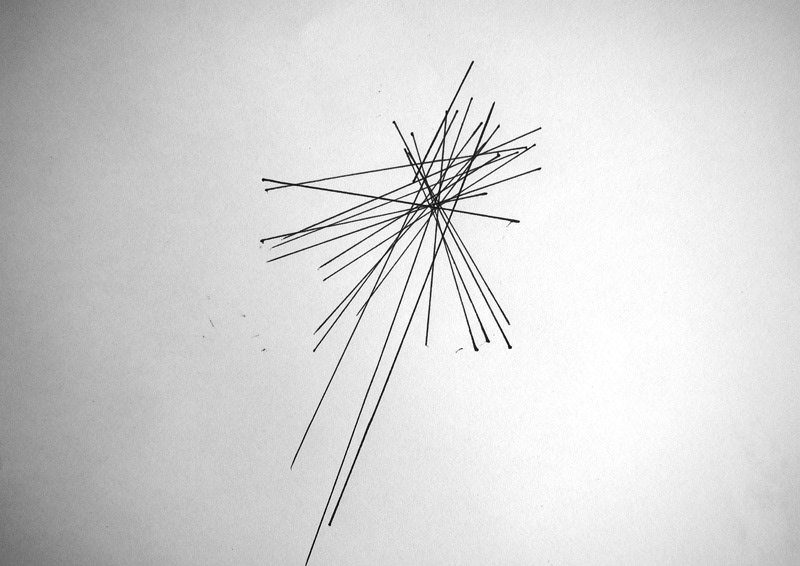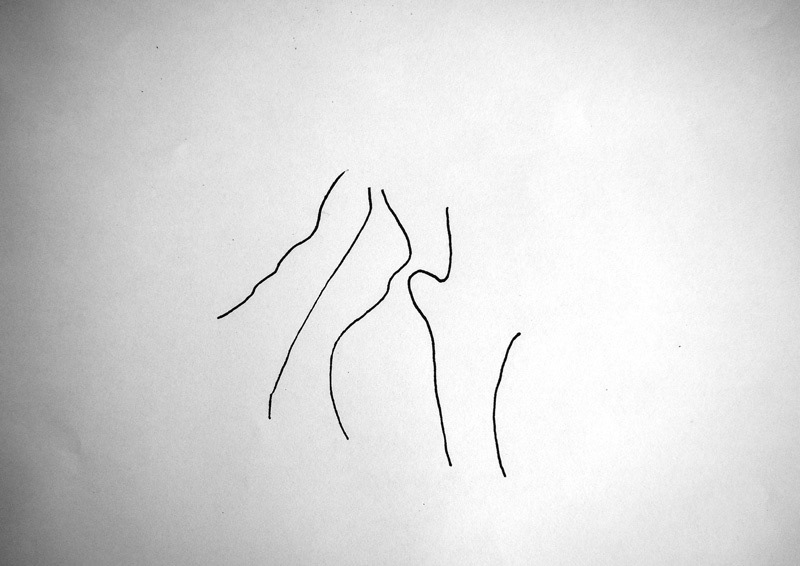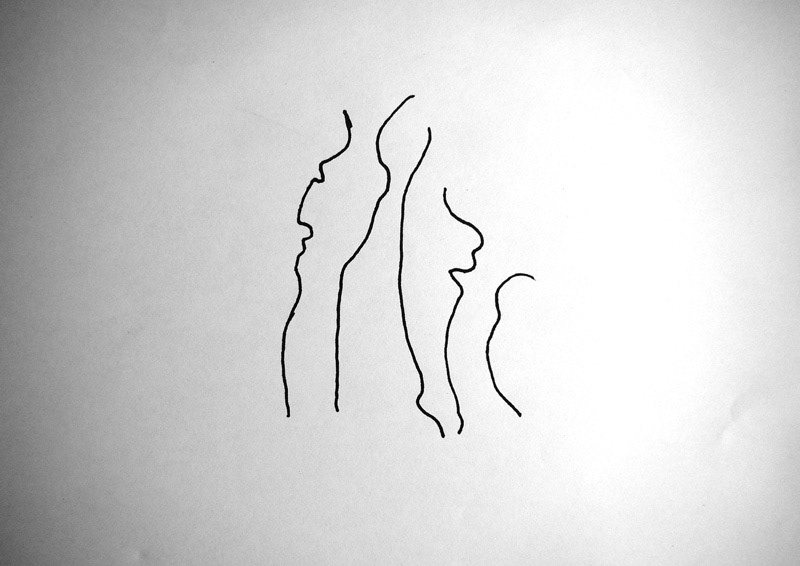DAAR (Decolonizing Architecture Art Residency) is an architectural studio and art residency programme based in Beit Sahour, Palestine. DAAR’s work combines conceptual speculations and pragmatic spatial interventions, discourse and collective learning. DAAR explores possibilities for the reuse, subversion and profanation of actual structures of domination: from evacuated military bases to the transformation of refugee camps, from uncompleted governmental structures to the remains of destroyed villages. DAAR projects have been shown showed in various biennales and museums, among them Venice Biennale, Home Works in Beirut, the Istanbul Biennial, the Bozar in Brussels, NGBK in Berlin, the Architecture Biennale Rotterdam, Architekturforum Tirol in Innsbruk, the Tate in London, the Oslo Triennial, the Centre Pompidou in Paris and many other places. DAAR’s members have taught lectured and published internationally. DAAR was awarded with the Price Claus Prize for Architecture, nominated for the Curry Stone Design Price, the Anni and Heinrich Sussmann Artist Award, the New School’s Vera List Center Prize for Art and Politics, the Chernikhov Prize.
On the shooting ramp of the ex-military base in Oush Grabh are installed white banners on with the biological names of migration birds landing here every year. Oush Grabh is on the path of more than 500 million migration birds passing over the Syrian-African crack (Jordan Valley). The paths are lying between south and eastern Africa and north and eastern Europe and Asia.
In the Oslo agreement was signed that after the evacuation of the Israeli military, which held the base in this period, the base would be handed over to the municipality as public space. The military base, almost destroyed during the Second Intifanda, is not usable, but still the area is under the remote control of the Israeli military and there are a lot of difficulties for the municipality to use the site. At the same time, Oush Grabh is an important environmental issue as migration birds -more than 520 species – land here during their migration. Furthermore, Oush Grabh became also a political conflict point as settlers come here to demonstrate and try to establish a new settlement and despite the fact they are on Palestinian territory they behave very often violently against inhabitants, international visitors or bird watchers.
